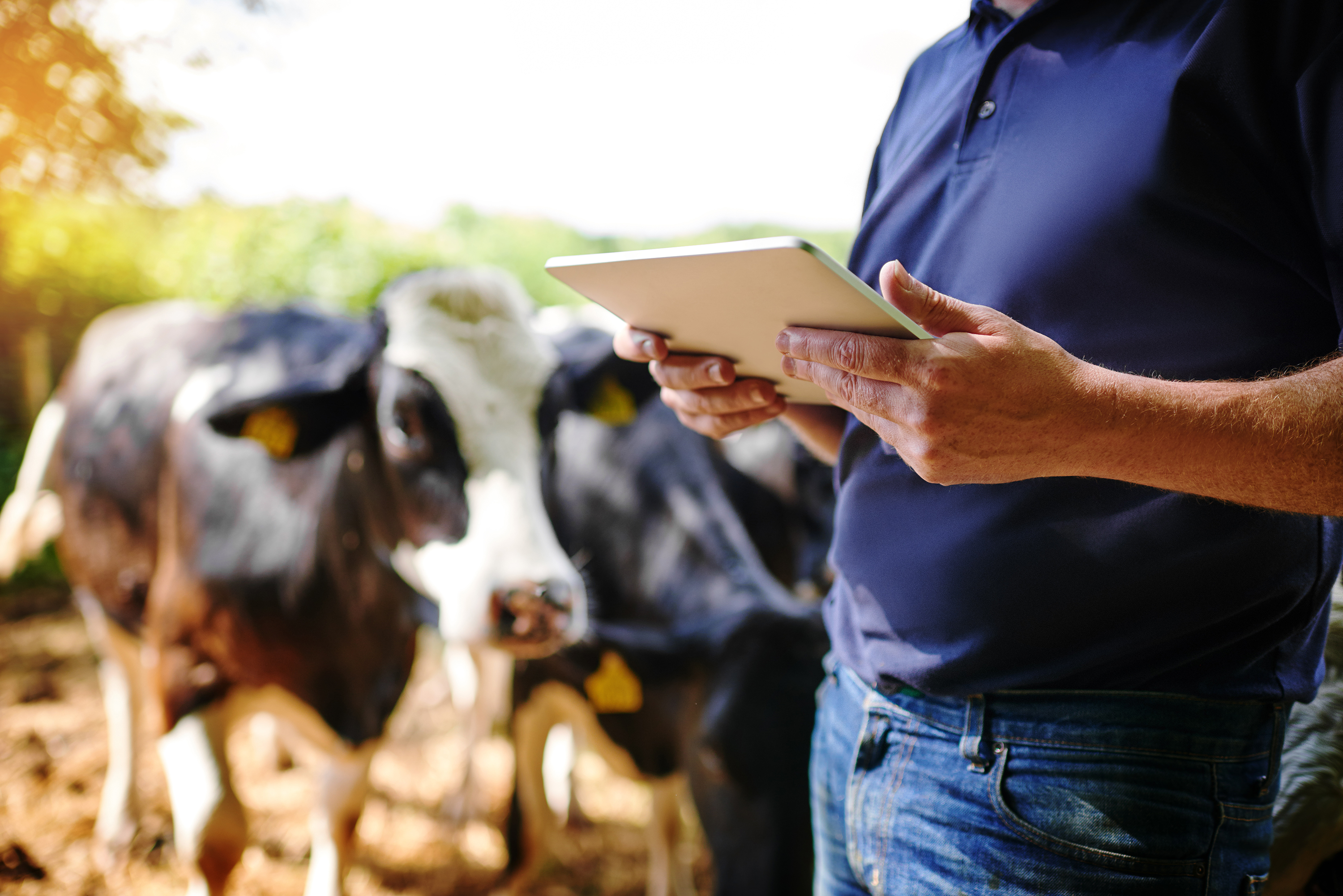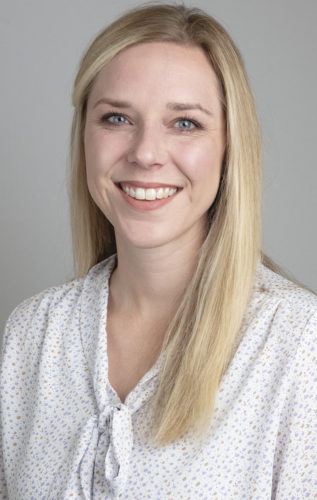There are several sustainability programs available for producers to adapt on their farms and receive carbon credits or some sort of incentive payment in return. Knowing which program is fit for each dairy requires careful evaluation of the programs, including feasibility, costs and benefits. Such evaluation can be accomplished by partnering with an experienced project developer.
“Like any new or value-added business, you have to ask the basic questions,” said Patrick Wood, founder and general manager of Ag Methane Advisors. “Ultimately, [you need to ask] ’Can I go do this really neat thing and create carbon credits?’ Maybe yes, but how much time and money do you want to spend? Is it worthwhile? Farmers are renowned for being innovative. How practical is it to bring an idea to fruition and create credits at an economy of scale?”
Wood presented on thinking strategically about dairy sustainability programs in a webinar hosted by Kate Chamberlin for AgSource.
Before diving head-first into a program or project, Wood laid out integral steps dairy producers or project partners need to take when selecting a route that may provide carbon credits or incentives for farming more sustainably.
“What are your goals? Why do you want to pursue this? Do you have the time and capacity and interest in doing it?” Wood said.
First, consider the different segments of carbon credit markets. Currently, there are two main ones – voluntary and compliance.
Voluntary markets enable corporations, such as Nestlé, to claim reductions created by others (e.g., a farm in their supply chain) in support of a pledge to meet net-zero goals. Wood explained that Barry Callebaut chocolate is another example through a program that compensates farms for feeding Agolin, leading to reductions in enteric methane. Barry Callebaut creates voluntary market carbon credits to document the emission reductions, which they can then sell or claim toward their own net-zero goals. The proceeds from any carbon credit sale help them compensate the farms.
The compliance markets, on the other hand, are most relevant with anaerobic digester or renewable natural gas (RNG) projects. In these markets, regulations are established – such as California’s Cap-and-Trade Program or the Low Carbon Fuel Standard (LCFS) – in which regulated entities (e.g., large oil and gas producers) are required to reduce their emissions. Purchasing carbon offsets or low-carbon fuels (e.g., dairy RNG) from farms that have digesters is one way the regulated entities can meet their compliance obligation.
“The goal with these markets is to reduce emissions from ... the majority of the economy over time,” Wood said. “These regulations create markets, and within those markets, renewable/low-carbon/clean-fuel producers sell fuel and sell greenhouse gas reduction rights to regulated entities.”
Understanding the carbon credit markets available is the first step in pursuing this business venture. Carbon project developers can help farms with this and support farms in deciding which project is the right fit for their dairy.
When considering a digester project, the farm and digester developer need to define roles and responsibilities and set boundaries. In managing manure, where does the farm’s responsibility stop and the digester operator’s begin? When manure returns, where does the digester operator’s responsibility end and the farm’s restart? These questions and the compensation structure to the farm impact how carbon credits from the digester project versus other farm activities can be produced and, ultimately, who will own which carbon credits.
Depending on a farm’s appetite for risk with a digester project, there are two ends of the spectrum. There is low investment and low risk, where a dairy provides manure, letting the digester developer have all responsibility for building, owning and operating the digester. On the other end of the spectrum, a farm can develop, build, own and operate the digester, taking on all financial risk and operational responsibility. As with most business endeavors, taking on more risk and responsibility results in receiving a larger slice of the pie, but that often is not a prudent choice for farms.
“People need to choose, with all these risks, what is right for them,” Wood said. “Most dairies are passive partners [in digester and RNG projects], so the farm can diversify revenue and get the benefits and flexibility of manure management without too much risk.”
On a large dairy, an anaerobic digester may produce enough carbon credits to make it possible to verify, register and sell those credits independently. However, enteric methane projects typically generate smaller volumes of credits per cow and the return on investment (ROI) may not be enough for a single dairy to take on the verification, registration and sales process. However, a project developer could aggregate a group of farms to participate in an enteric methane project, allowing an economy of scale to cover the costs of creating the credits and leaving sufficient profit to share between the developer and the farms, Wood said.
As an example, a farm with 1,000 cows likely would not produce enough credits on their own to make money in an enteric methane project, but if 300 farms, all with 1,000 cows, participate in one project, then you can achieve a sufficient economy of scale to make the investment in producing the credits worthwhile, he explained.
Other endeavors to consider may be regenerative agriculture projects and alternative manure-management projects, such as advanced solid separation. With each of these, the same questions need to be evaluated: Is the economy of scale worthwhile? What is the time commitment? What is the farm’s appetite for risk? Who owns and claims the emission reductions? How will the farm be compensated?
In addition to setting up the project in the best manner, project developers also can carry the risk and cost before credits are developed and sold.
“Just like the management of retirement funds, it’s important to have a trusted adviser in the development of these projects,” Wood said. “Most farmers don’t have the capacity to follow the nuances and dynamics of carbon markets.”
When choosing a project developer, consider their track record of successful projects and stipulations that may come with the partnership. What protocol and program are they using? What will be needed of you as a dairy producer? Who will own the reductions? Will the project developer create credits and carry the cost, or will the farm retain the credits until they are sold and made in collaboration with the developer?
“There are many models that work,” Wood said. “It’s a question of what feels right to you and the right business decision to make with the opportunity in front of you.”
As with any formal partnership, Wood emphasized the need for a lawyer to review contracts before they are signed.
Opportunities are vast when it comes to sustainability programs in the dairy industry. Strategically evaluating those programs, including the risk and return, as well as choosing a trusted project developer, all aid in determining which route is the best fit for the farm.










